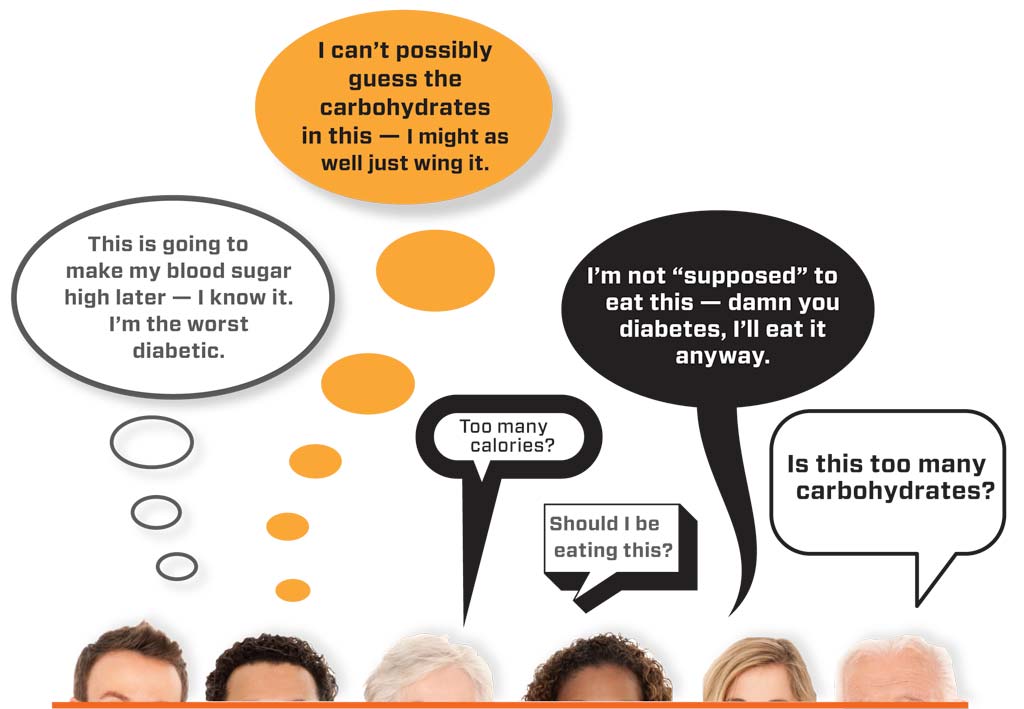3 Ways to Adjust Insulin Intake During Workouts

Many people with Type 1 diabetes shy away from regular exercise out of fear of hypoglycemia, as exertion can change the rate that insulin is absorbed by the body. This is too bad, because regular exercise can help with overall blood sugar control. Besides, exercise is good for everyone.
A group of French researchers set out to determine what insulin adjustments work best to lower the risk of hypoglycemia while working out. The study, published in Diabetes, Obesity and Metabolism, tracked 100 post-lunch workout sessions of 20 people with Type 1. Participants were asked to do a mix of six moderate to intense workouts. Researchers tinkered with the insulin intake of the participants and observed hypoglycemia rates.
After analyzing the data, the researchers found three individual strategies that seemed to best reduce risk of hypoglycemia risk:
- Reduce basal insulin rates by 80 percent -or-
- Stop insulin delivery by pump during moderate to intense exercise -or-
- Stop insulin delivery by pump for moderate exercise that occurs 90 minutes after lunch
While the results of the study are a helpful starting point, it’s important to remember that no two people process insulin at the same rate, especially during a workout. Anyone with Type 1 who is exercising should always have supplies on hand to treat a low, and find what adjustments work best for them.
Physical activity has numerous benefits for people with Type 1, including increased insulin sensitivity that can last up to 24 hours. Additionally, physical activity releases a hormone that allows cells to use glucose regardless of the availability of insulin.
Thanks for reading this Insulin Nation article. Want more Type 1 news? Subscribe here.
Have Type 2 diabetes or know someone who does? Try Type 2 Nation, our sister publication.







